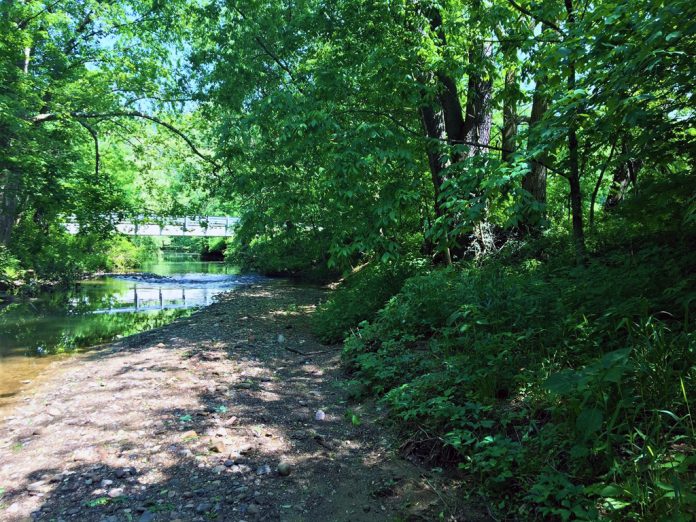Riparian zones are a very important part of our everyday life. They serve many purposes along the streams and rivers to support a biodiversity ecosystem.
A riparian zone is an area of land on or adjacent to a river or stream, normally dominated by herbaceous cover that acts as a buffer from the upland. These areas are tolerant to flooding or saturated soils normally in the floodplain. They are also home to an abundance of wildlife.
Water quality
These zones are important to water quality in many ways. Water will naturally flow at 3½ ft/sec. To maintain that speed, streams and rivers will start to meander or head cut deeper.
While most streams you see may have a meandering look, this does not mean they are unhealthy. Riparian zones will hold the soil in place to reduce erosion.
Trees growing on the river and stream banks will help stabilize the banks to reduce stream bank erosion. They can act as a buffer to slow runoff from fields, roads and urban areas. The trees, grass and plants that grow there can remove nutrients and sediments, and even block pesticides from reaching the streams.
These areas have a seasonally high-water table keeping the soils moist most of the time. The soils here act as a sponge and can absorb a lot of runoff. This helps to protect the surface water.
The soils and riparian zones combined can take the excess water on floodplains by increasing water storage capacity and reducing the risk of erosion. When the water level retreats, the groundwater in the soil will be right behind it opening more storage for the next flood.
The trees in the riparian zone can also block the drift from pesticides being applied and protect the organisms that inhabit the streams and rivers providing an overall healthy ecosystem.
Wildlife protection
Wildlife frequently inhabits these zones. Protection and cover are essential for wildlife survival. Riparian zones provide this by acting as a travel corridor for many different species.
Fish greatly benefit because of the shade provided by the trees creating cooler water temperatures. The clean and sediment free water is important for fish and aquatic insects to be able to breath and establish spawning sites.
Leaves, woody debris and other organic materials provide habitat for the fish and their prey. All types of mammals and amphibians rely on riparian habitats for foraging, nesting and shelter.
Riparian Zones serve as the water treatment facilities for our watersheds.













